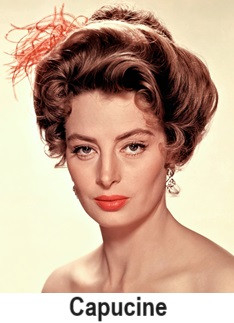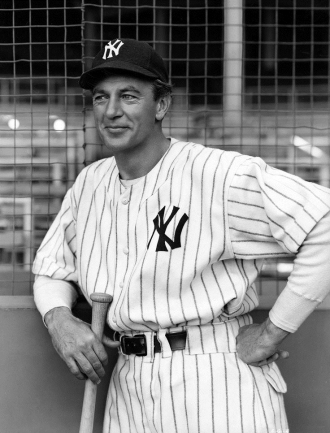Capucine Lefebvre
Gary Cooper and Capuchine.
Date & Place:
Not specified or unknown.


 Amanda S. Stevenson
Amanda S. Stevenson 



